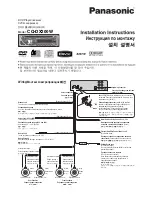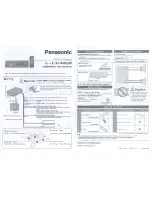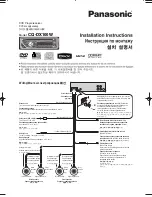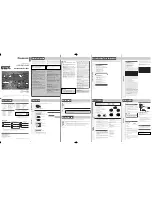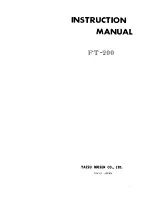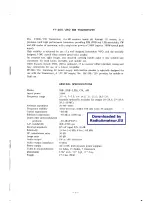
Configuration and Operations
LD900 Installation and Oper ations M anual
39
Beam
The LD900 receiver supports multi-channel L-band tracking, providing reception of services from up to three
satellites broadcasting VERIPOS corrections simultaneously. This reduces the risk of satellite masking or
blocking and ensures continuous reception of VERIPOS correction services.
Auto
is the recommended
selection, as this will automatically select the three highest elevation L-band beams for your location. When this
mode is selected, the LD900 will use all correction data received from each L-band satellite in the position
calculations.
If required, the user can select a specific L-band beam. VERIPOS have five available beams as detailed below
and, in most regions, more than one beam should be available. A global map with a beam overlay is available
f or ref erence in the
. Alternatively, the VERIPOS software
can be used to assess L-band
availability, by creating work location-specific coverage charts.
Beam Name
Coverage
98W
North America, Gulf of Mexico, South America
AORW
North America, Gulf of Mexico, South America, North Sea, West Africa
25E
North Sea, Mediterranean Sea, Africa, Persian Gulf, Caspian Sea
IOR
Asia, Indian Ocean, East Africa, Persian Gulf, Caspian Sea, East Mediterranean
143.5
Asia, Australasia, Indian Ocean
A
User
L-band beam name and frequency (in MHz) can also be manually entered. However, this should only be
used under the instruction of VERIPOS support.
L-band Beam
can be set to
Auto
(default),
25E
,
IOR
,
143.5E
,
98W
,
AORW
(or)
User
by clicking on
Edit
and
using the arrow keys to select the required beam choice, followed by tick. Then use the arrow keys and tick to
select
Apply
, right to select
Yes
and tick to apply the change.
If inputting a user beam, a prompt will appear to input an
L-band User Defined Beam
– Frequency
, which can
be added by using the arrow keys, followed by tick.































